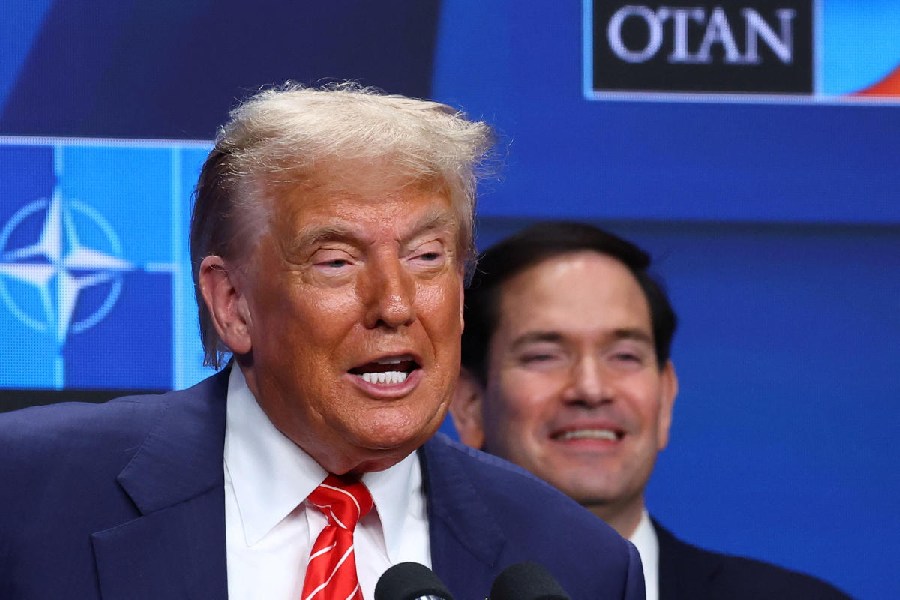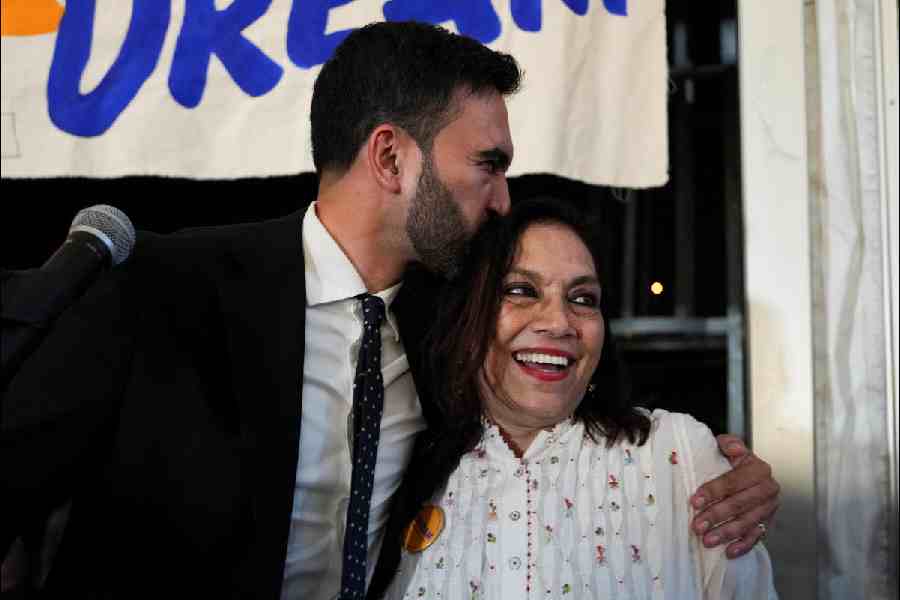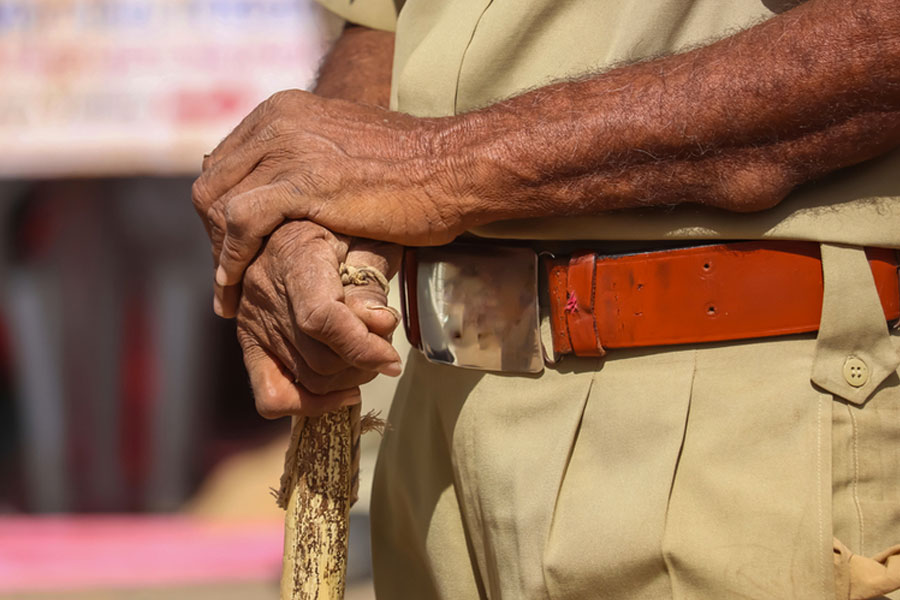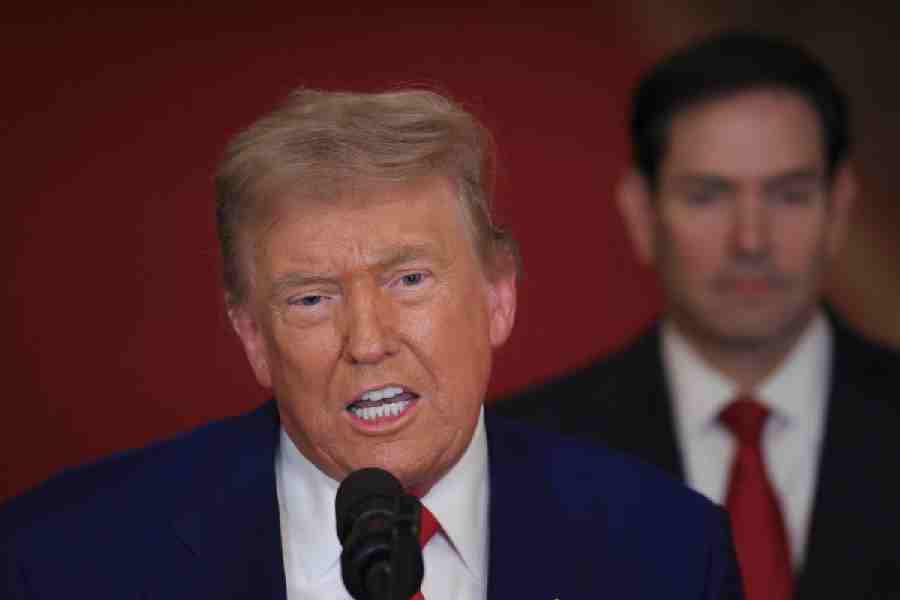Bhubaneswar/Cuttack, May 16: The Plus Two science results published last week has raised questions about the quality of education at government-run junior colleges.
Colleges such as BJB Junior College, Bhubaneswar, and Ravenshaw Junior College, Cuttack, are billed as the best colleges in the state, with the highest cut-off marks for admissions in Plus Two.
However, the two have cut a sorry figure in the list of colleges scoring over 90 per cent. While BJB Junior College finished 16th in the list, Ravenshaw Junior College stood seventh. The other government colleges that feature in the top 20 are Salipur Junior College, Cuttack (10th), and SBM Junior College, Jagatsinghpur, (20th).
While government college authorities cite teacher vacancies and infrastructure gaps for the poor performance of its students compared to their expensive private counterparts, the performance of Berhampur-based Saraswati Vidya Mandir,
Neelakantha Nagar, has rendered those excuses irrelevant. It has outperformed every other institution with 15 students figuring among the 45 who have secured 90 per cent and above in the Council of Higher Secondary Examination. Two students of the school have also secured third and fourth positions in the merit list.
Saraswati Vidya Mandir is a chain of private schools run by Vidya Bharati.
Barbil Junior College, which topped the list, is a non-government but fully-aided college in Kenonjhar district. Self-financing private colleges, including Newton College Of Plus Two Science, Sambalpur (2nd), Royal College of Science and Technology, Bhubaneswar (5th), and Nayagarh Self Financing College round off the top six.
“The poor performance of the state’s premier colleges is a disturbing trend. The state government must particularly look into why BJB Junior College, which only admits the cream of the crop, has performed so poorly. It should figure out what ails the institute despite having the best infrastructure and teachers,” said academic Sanjeeb Mohapatra.
Other academics said the bifurcation of Plus Two and Plus Three levels, as suggested by the higher education task force, should be enforced as soon as possible in order to change the situation.
Citing the performance of CBSE and ICSE schools, they said the students in those boards fared better because they studied in schools and the college atmosphere did not come in the way.
Academic Namita Mohanty said: “It’s completely a new world for students who join colleges after matriculation. They wish to use their new-found freedom in numerous ways and often under peer pressure while away their time. To make things worse, they are exposed to the world of students’ union elections and this wastes a lot of study time.”
The other major worry for academics is the quality of education imparted to the students in government schools and colleges in comparison to their private counterparts.
Former Board of Secondary Education secretary Hemendra Narayan Das feels the lack of “emotional or sentimental” connection between the teachers of government institutes and their students is one reason for the poor showing. Many have blamed the ongoing transfer policy of the state government for the lack of emotional attachment among teachers that is affecting their performance. “The longer a teacher or headmaster stays in a particular institute, he or she develops a feeling to work for the overall growth of the institution and students, unlike the teachers at private schools who develop an emotional attachment, which is crucial for success,” said Das.
“The teachers at government schools are career-driven and don’t work hard enough to improve the quality of education,” Das said.
Private institutions such as Saraswati Vidya Mandir have capitalised on the situation and grown substantially, which gets reflected in the enrolment in government schools. Replying to a question in the Assembly last week, school and mass education minister Debi Prasad Mishra said enrolment in government schools has gone down from 57,00,777 in 2009-10 to 50,04,344 in 2015-16 — a dip of 3.69 per cent. In contrast, the enrolment in private schools has gone up from 5,49,161 in 2009-10 to 9,92,117 in 2015-16 — an increase of 14.31 per cent.
Many feel teachers at these private institutions work more dedicatedly despite getting a paltry remuneration compared to their government school counterparts.
“As the authorities or management have direct control on the functioning of the private schools, the performance of teachers is also scanned. It drives the teachers to concentrate only on imparting better education to the students,” Das added.
“Despite lack of adequate facilities and poor remunerations, the teachers at Saraswati Vidya Mandir work for the overall development of the school and the students,” said academic Bishnu Charan Jena.









